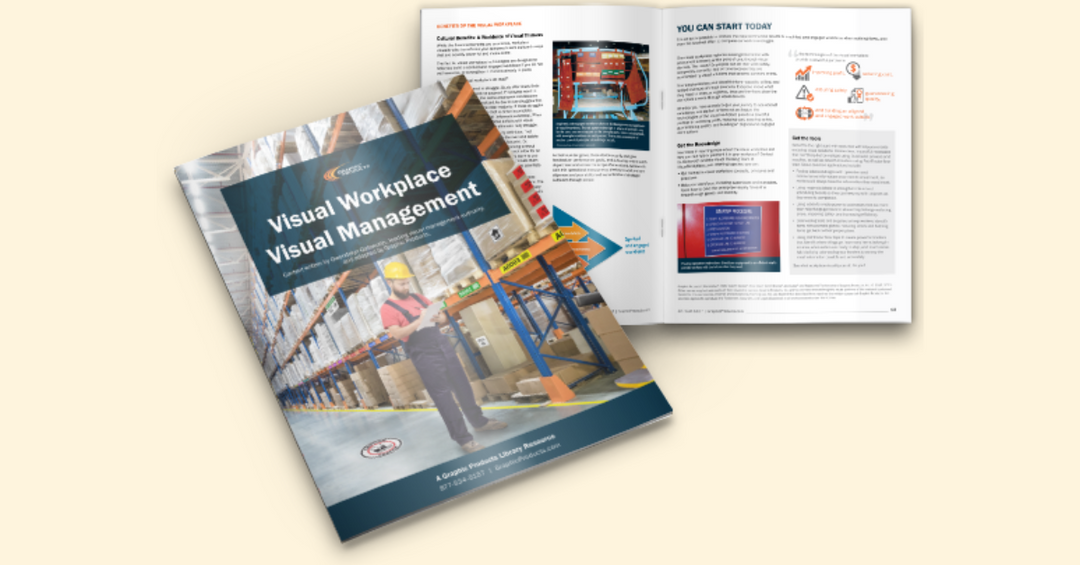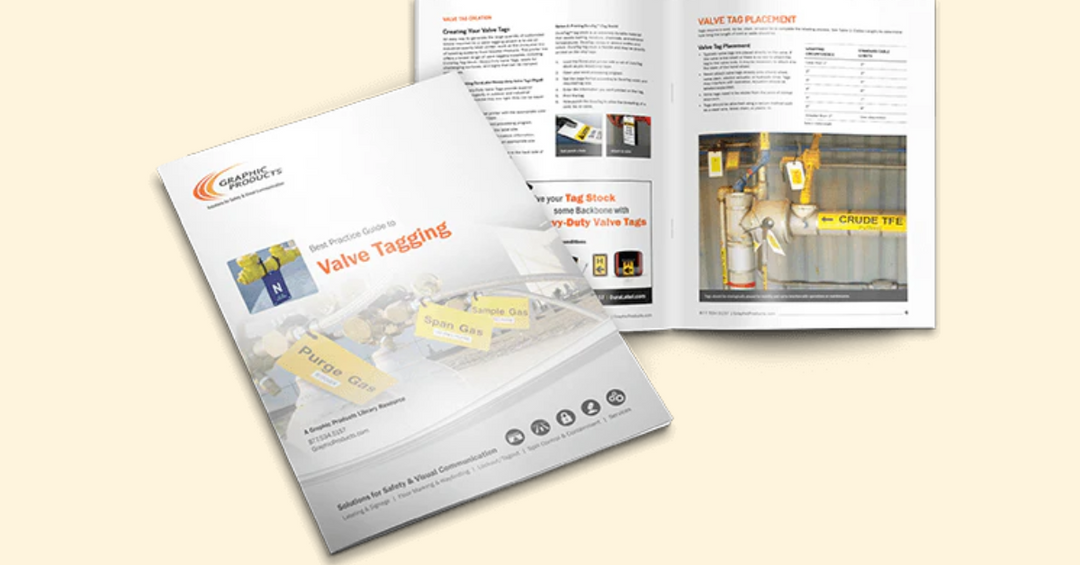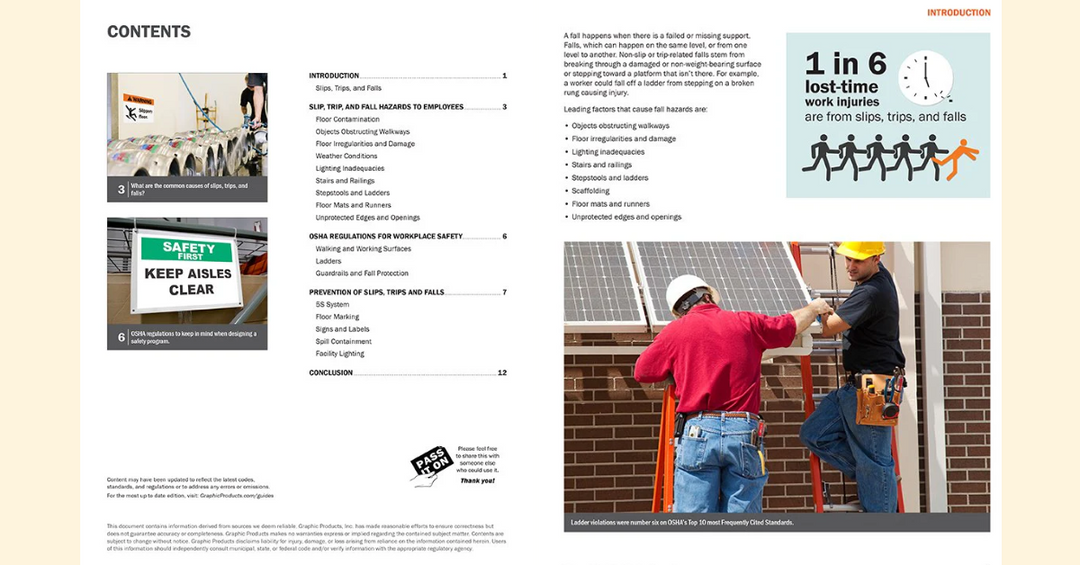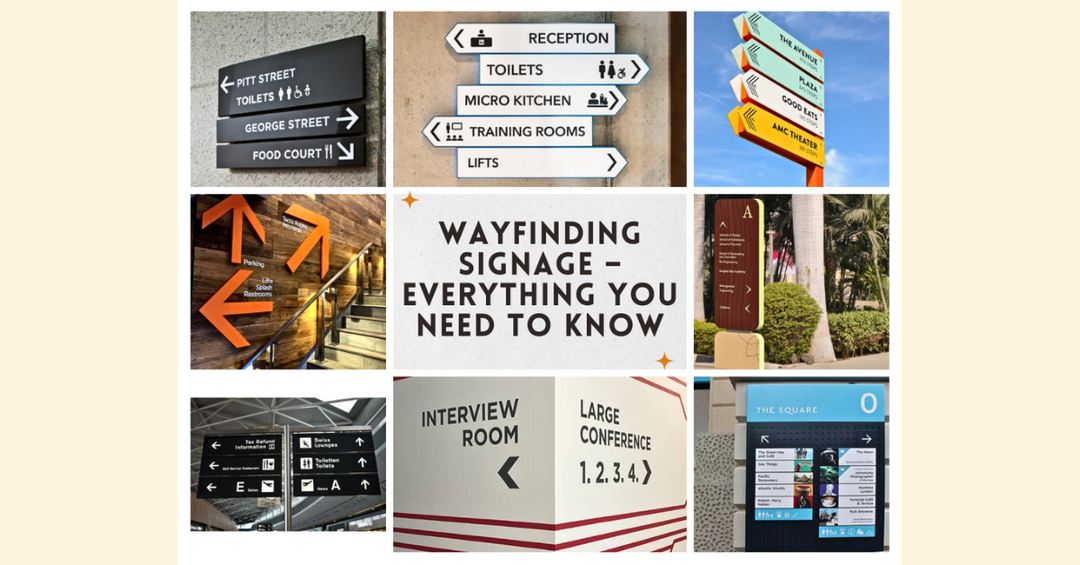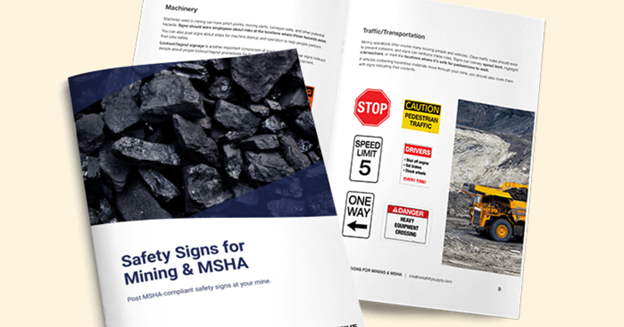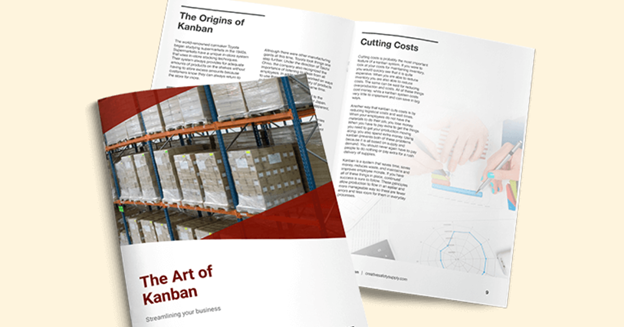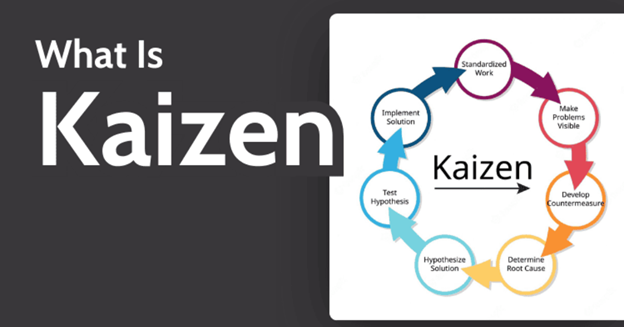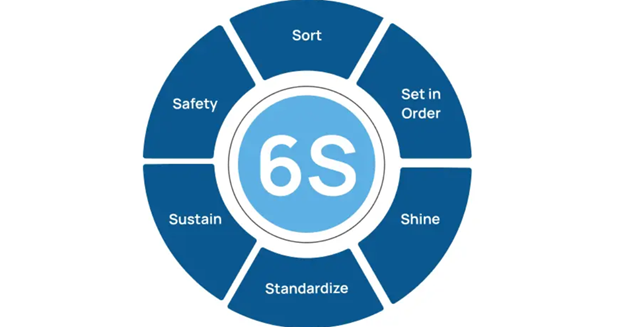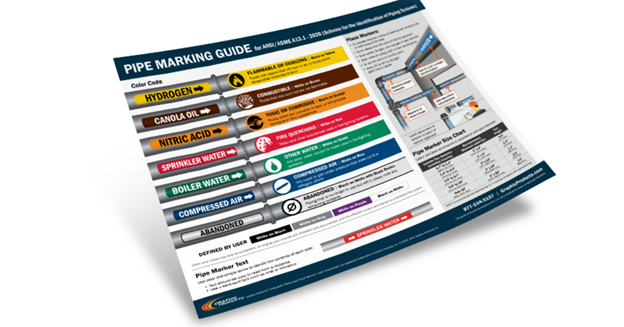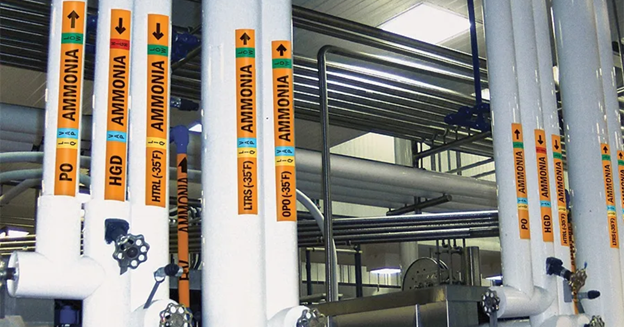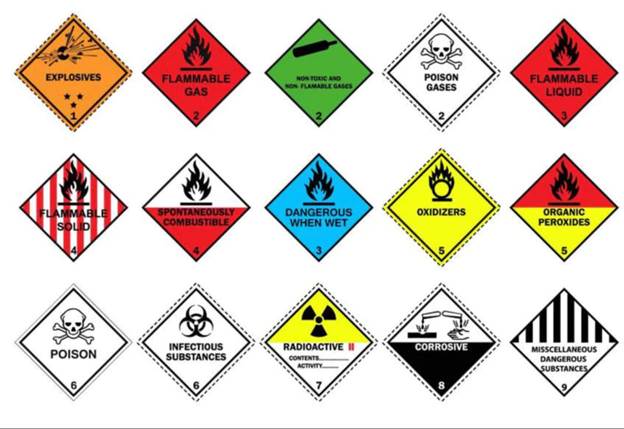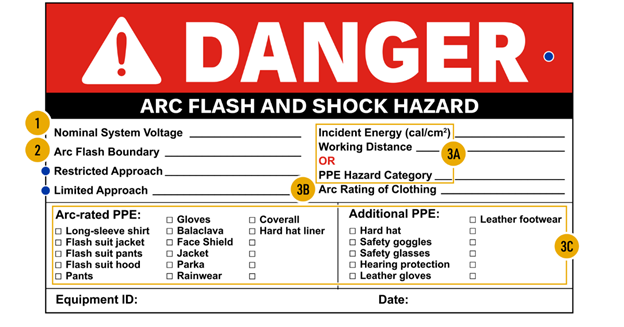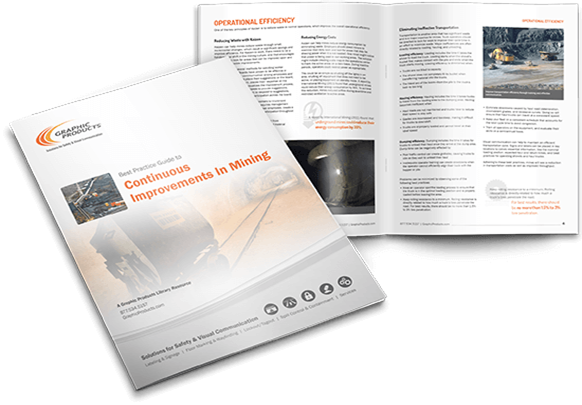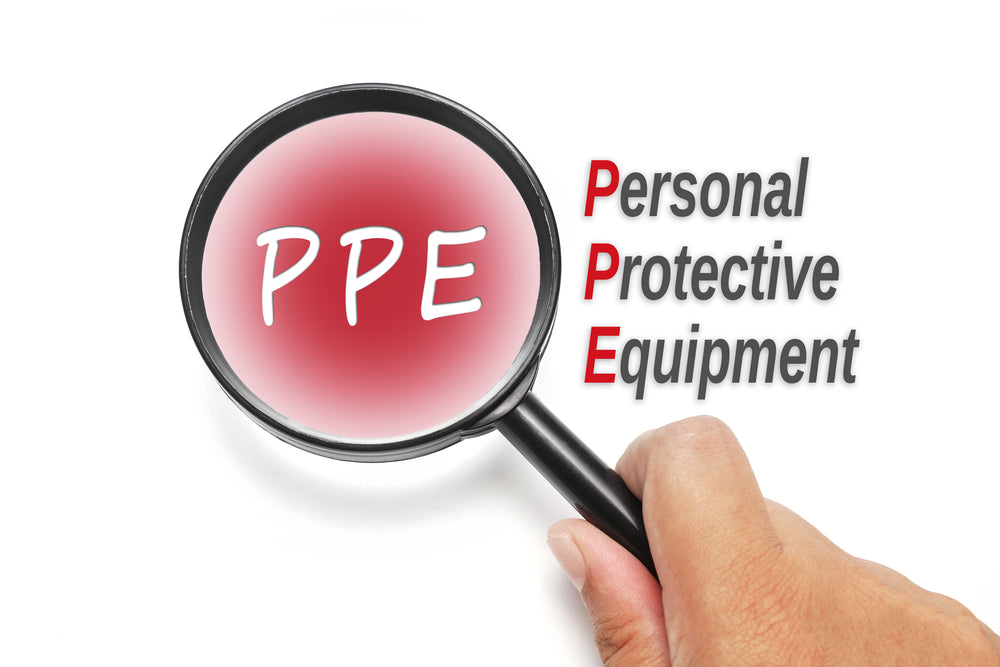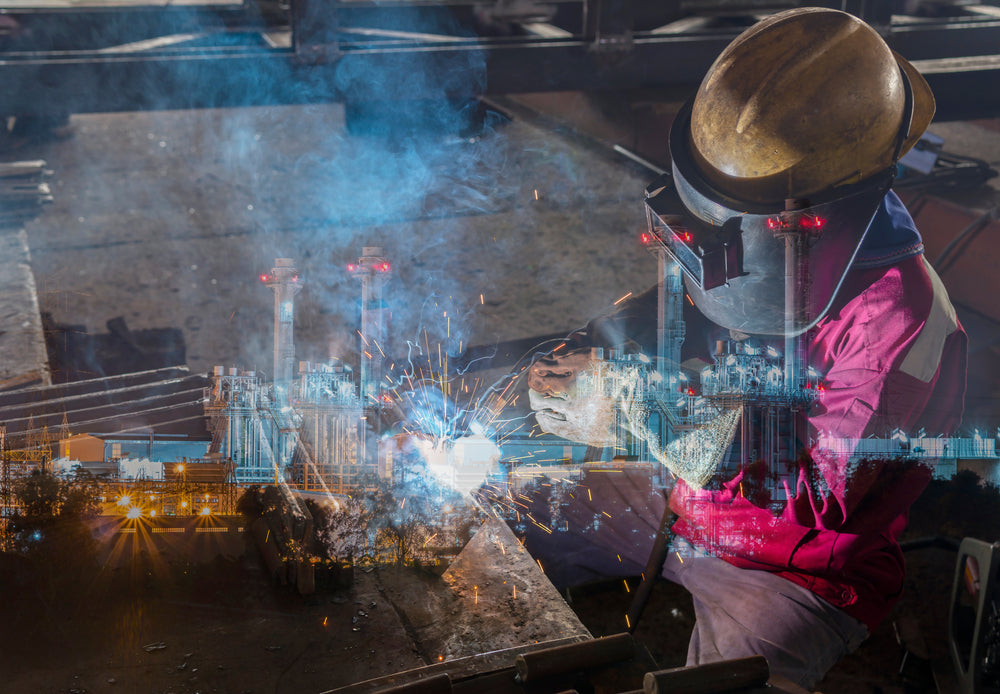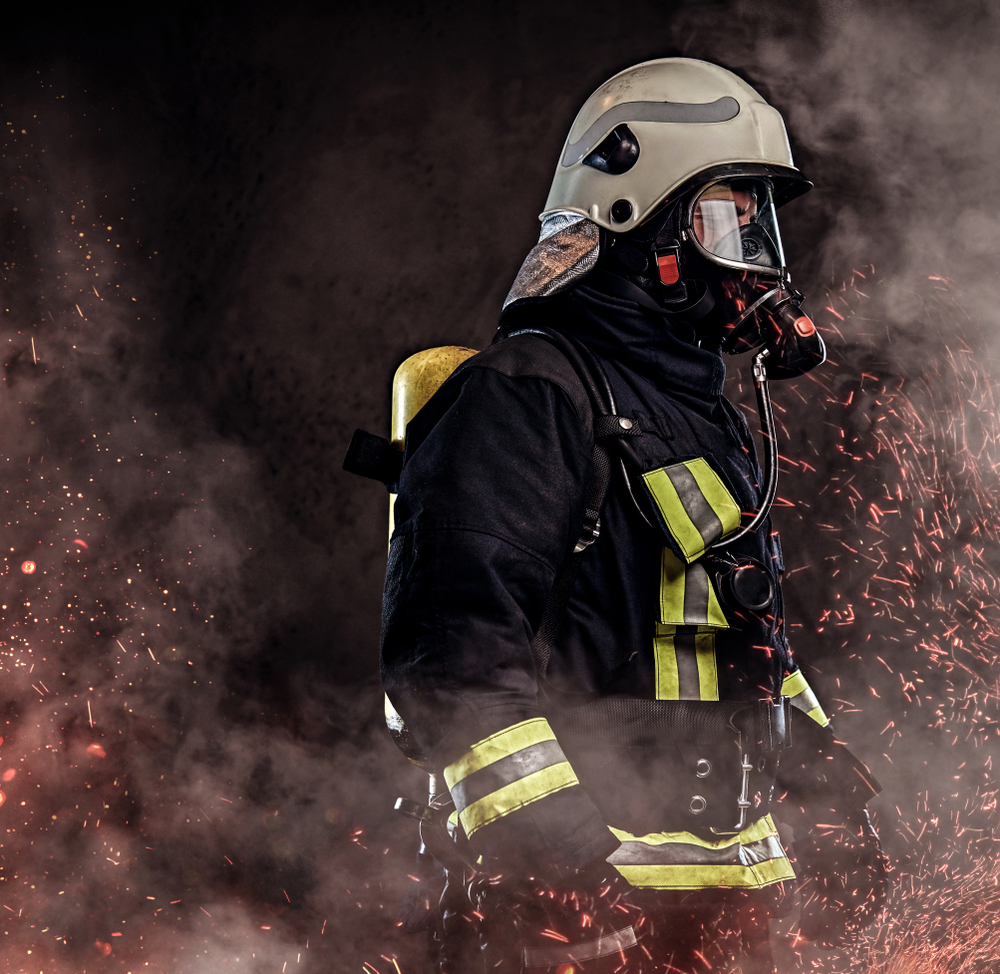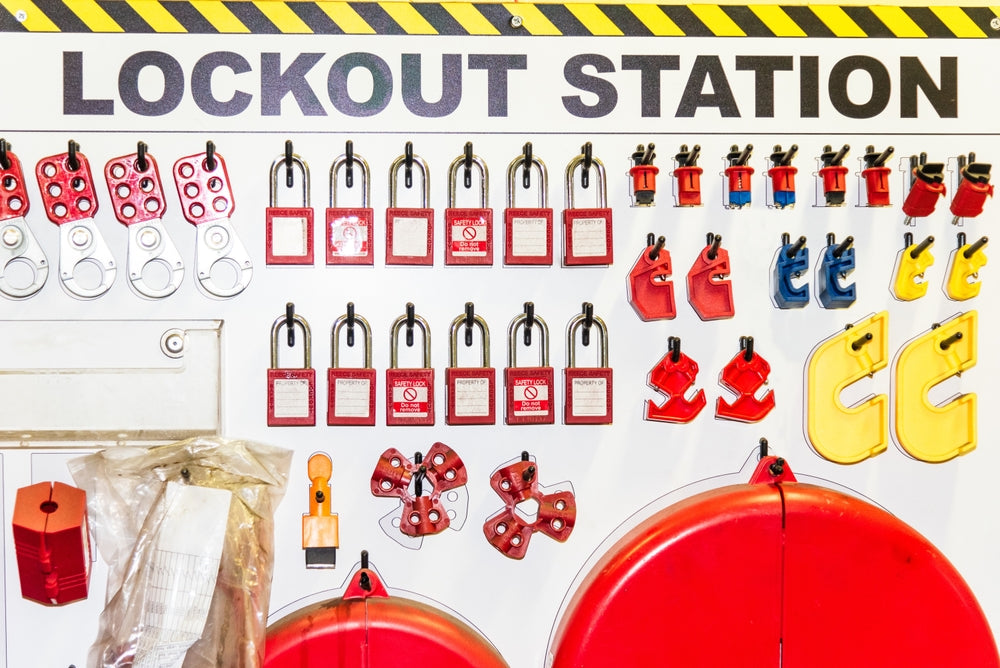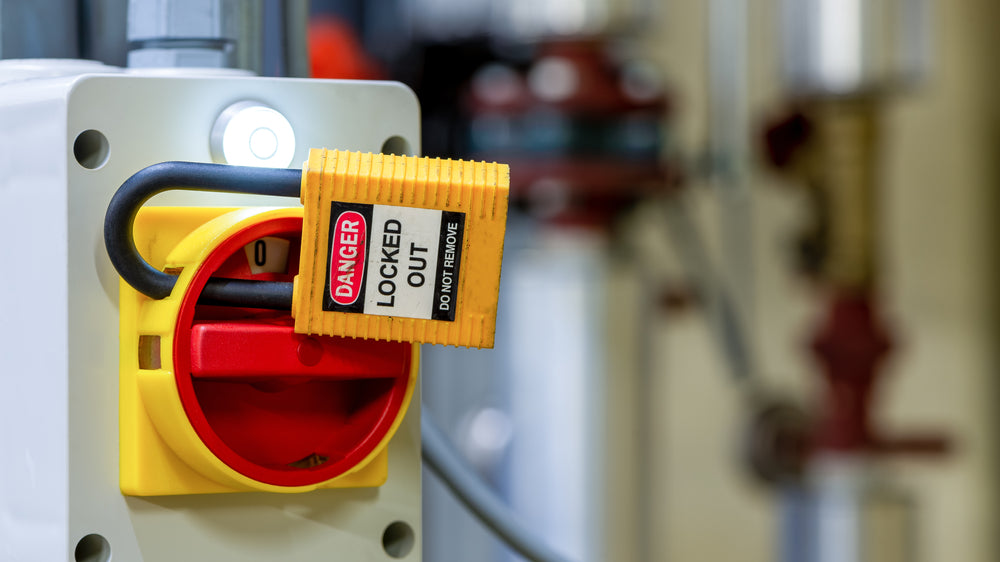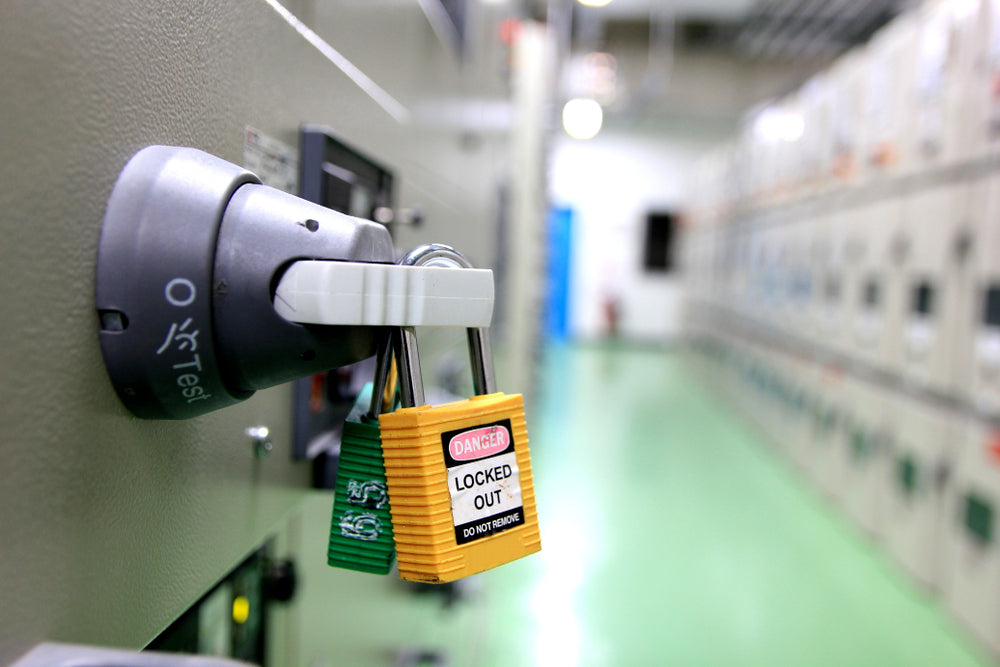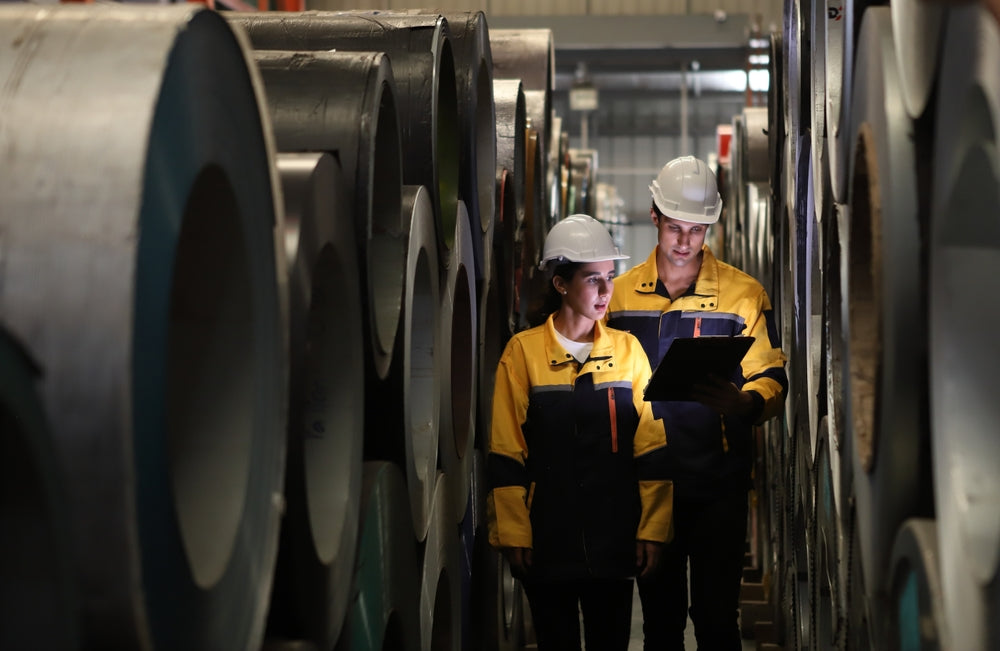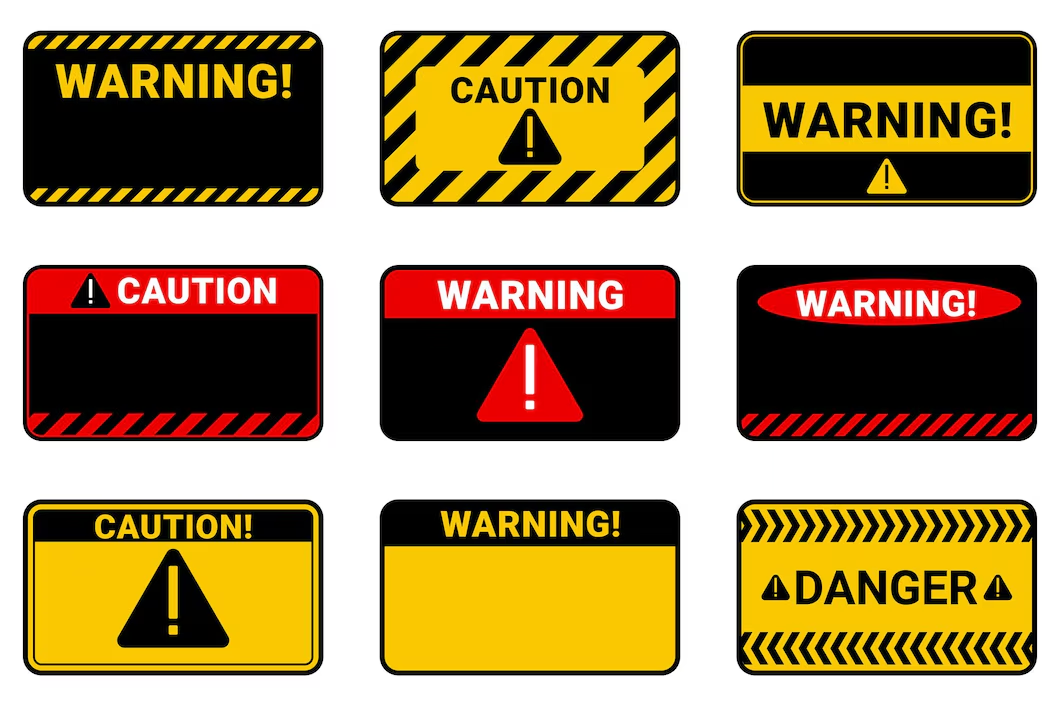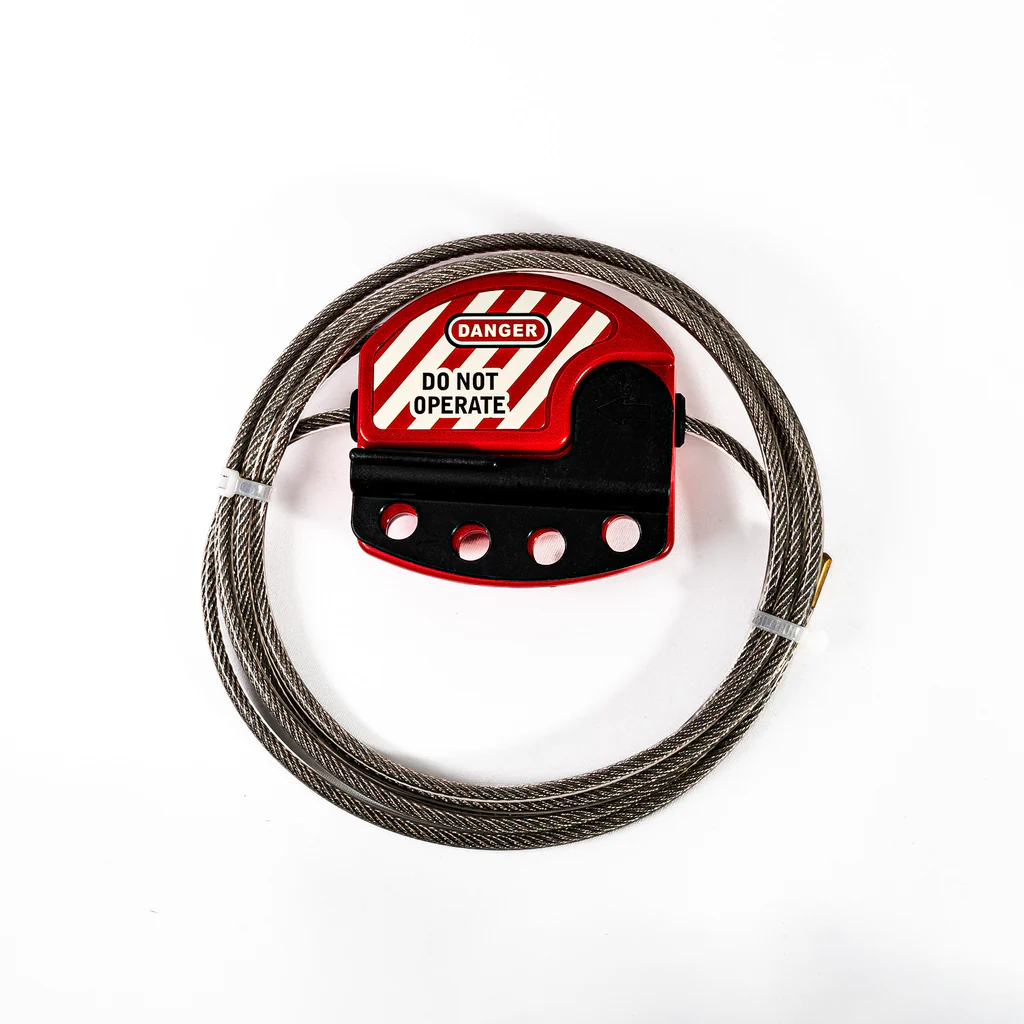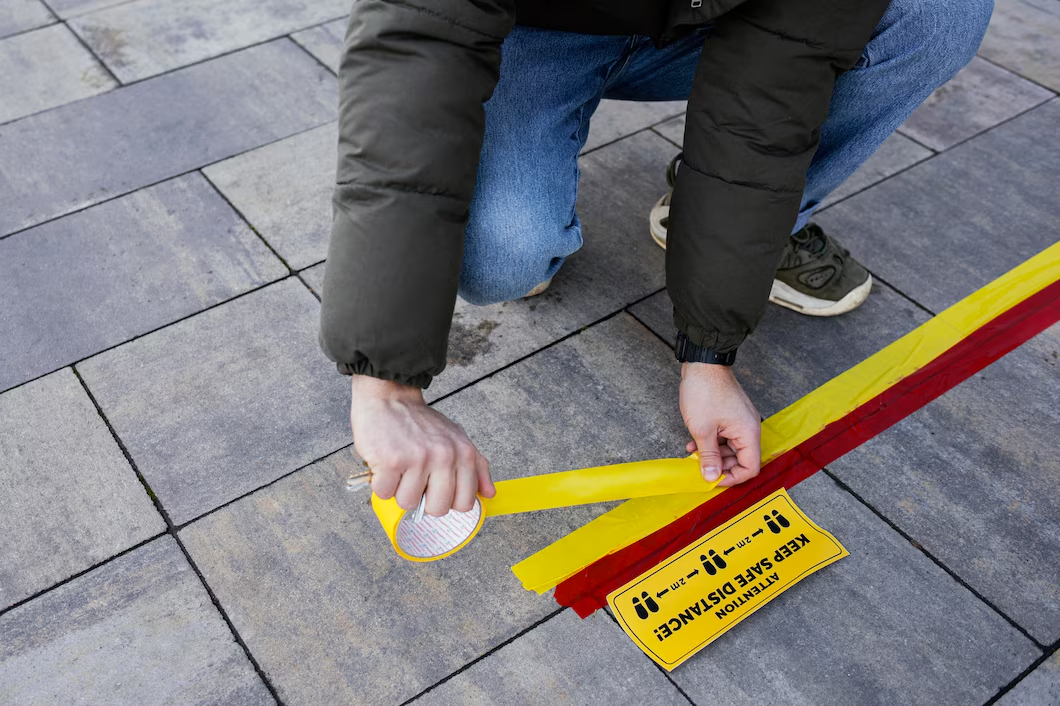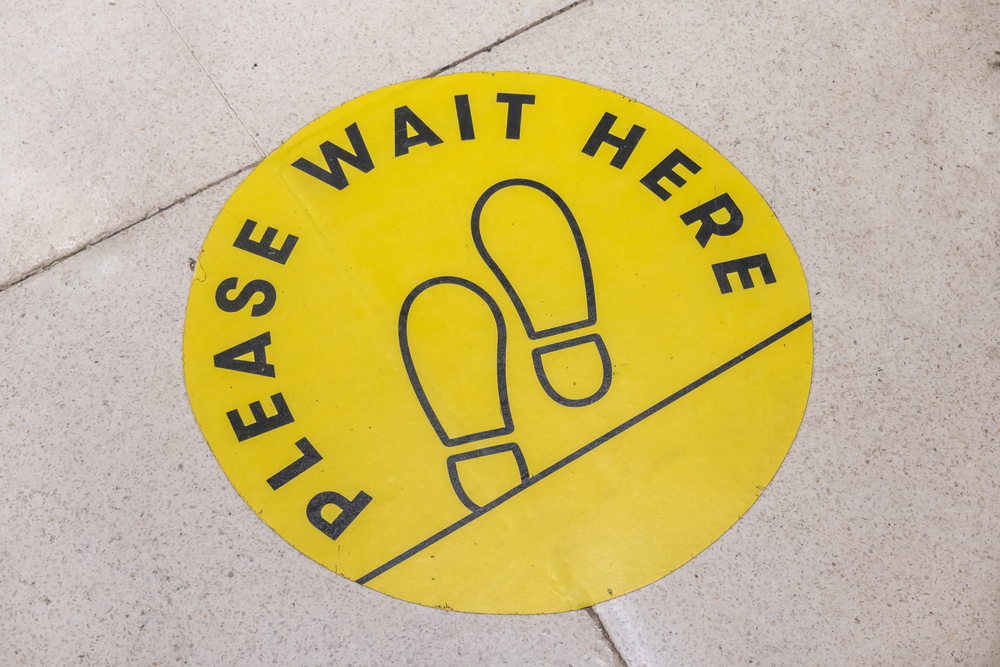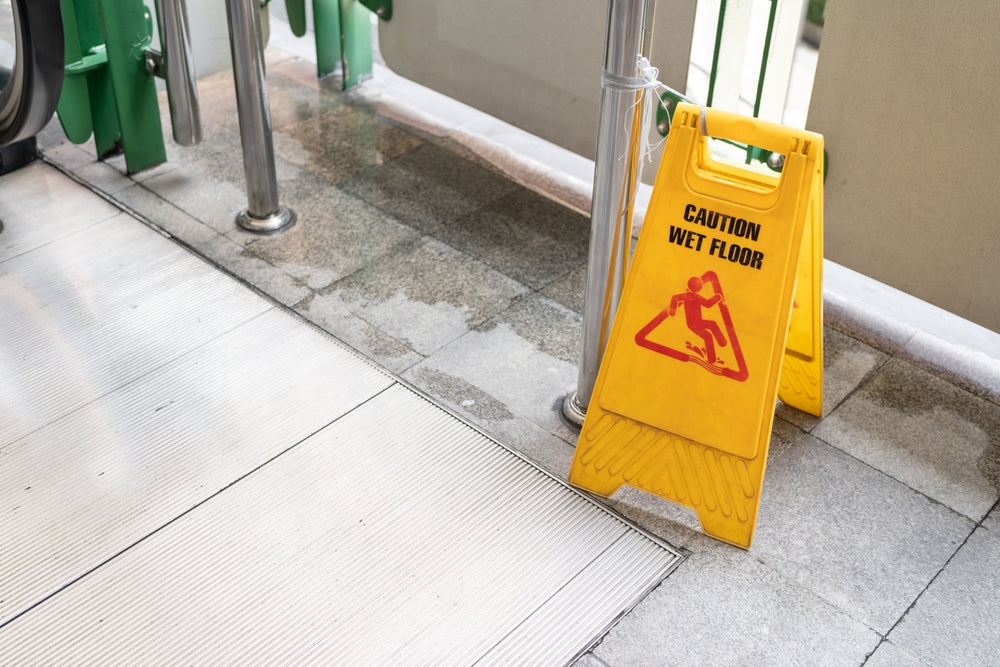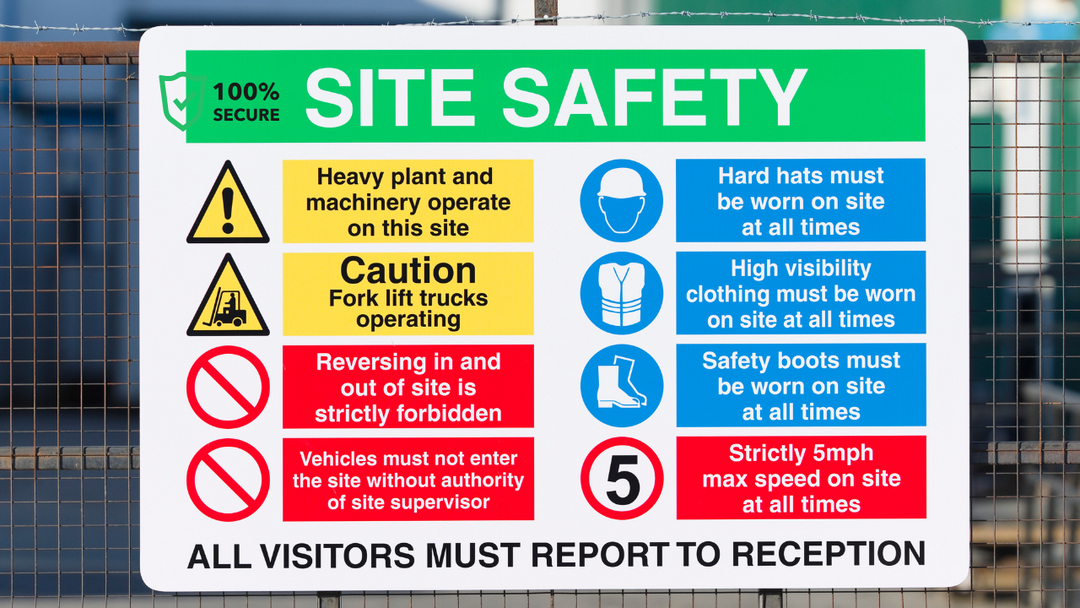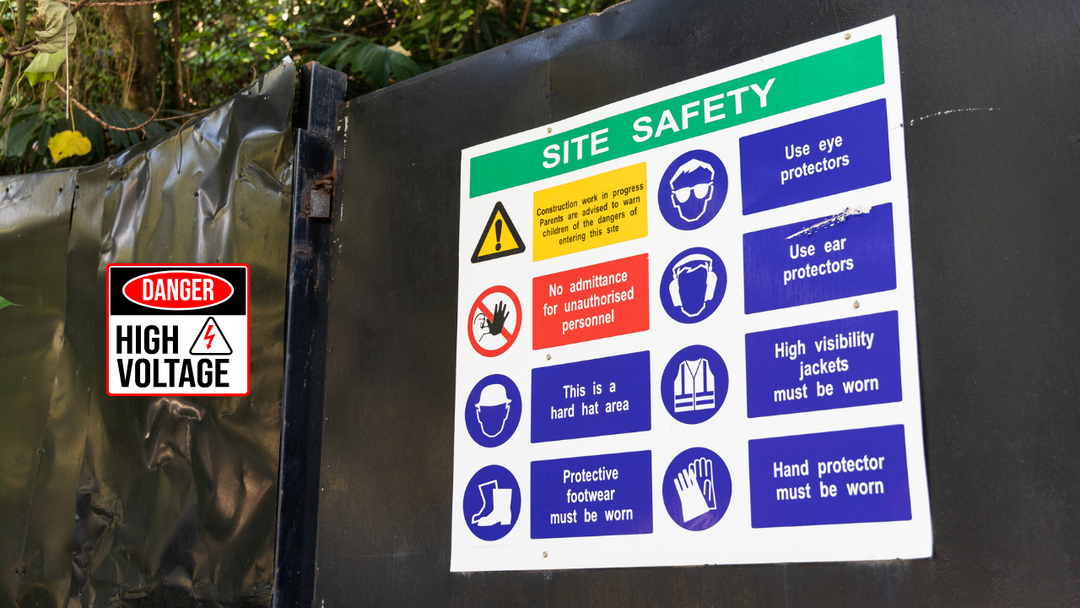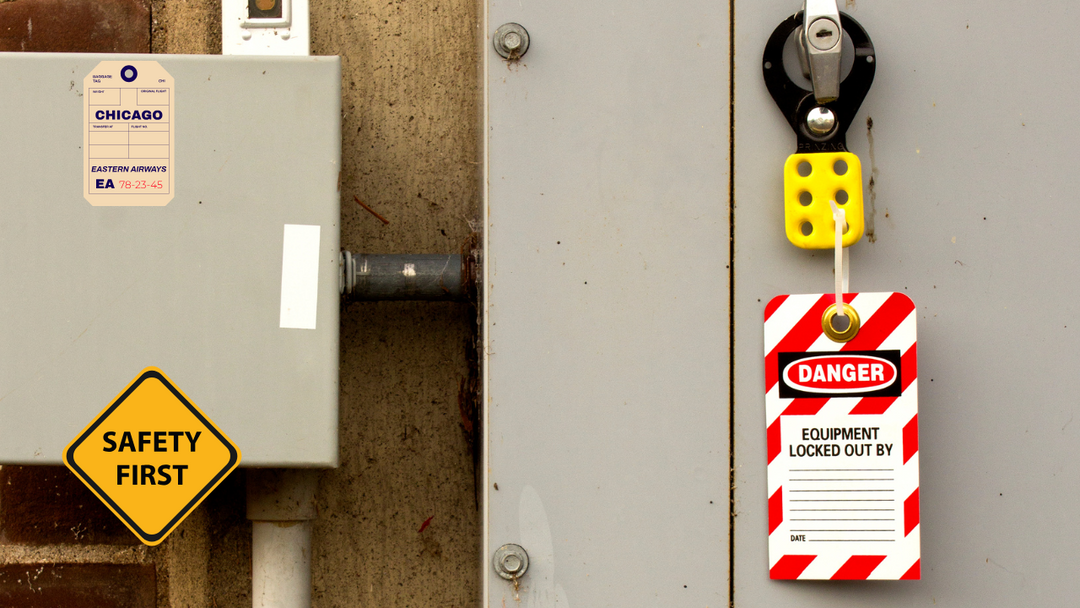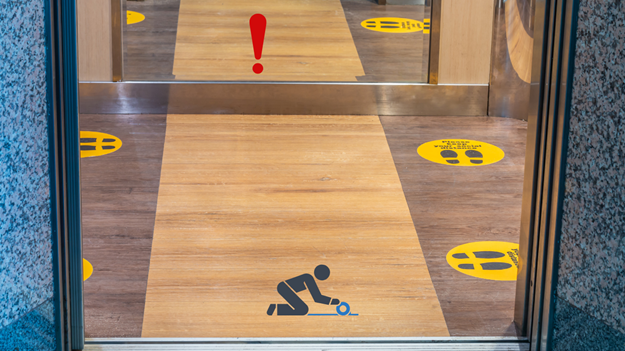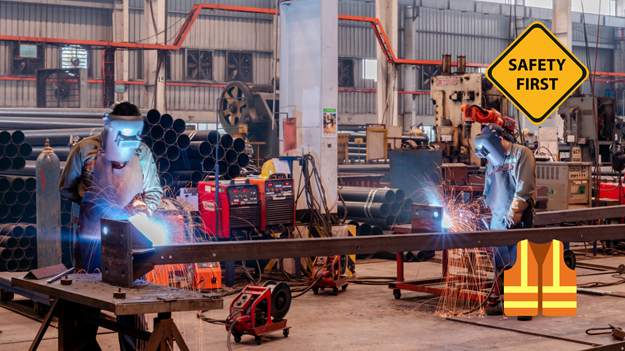Visual Workplace - Visual Management Guide for Safety
Introduction to Visual Workplace & Its Importance
A visual workplace is a structured environment where visual management tools help improve communication, efficiency, and safety. In such a setting, clear visual cues, such as signs, labels, and floor markings, provide workers with instant information, reducing confusion and errors.
For businesses looking to enhance safety and productivity, Archford offers a comprehensive Visual Workplace - Visual Management Guide that outlines best practices for implementing these techniques effectively.
Key Principles of Visual Management
To establish a successful visual workplace, organizations should focus on the following key principles:
-
Clarity – Every employee should understand processes at a glance.
-
Standardization – Consistent visual elements help streamline operations.
-
Accessibility – Information should be easy to find and interpret.
-
Simplicity – The system should be easy to maintain and update.
By following these principles, workplaces can minimize human error, improve compliance, and create a safer environment for employees.
How Visual Workplace Enhances Safety
One of the biggest advantages of a visual workplace is improved safety. Visual cues such as floor markings, hazard signs, and labels alert workers to potential dangers. This approach helps reduce accidents and ensures compliance with workplace safety regulations.
For example, color-coded floor markings can guide workers and forklift operators, preventing collisions and ensuring proper traffic flow. Warning labels on machinery provide instructions on safe handling, reducing the risk of injury.
The Role of Lean Visual Controls in the Workplace
Lean visual controls are essential tools in a visual workplace that help streamline operations while reducing waste. These controls include visual indicators like kanban boards, shadow boards, and standardized work instructions, ensuring that tasks are completed efficiently. By using lean visual controls, businesses can improve workflow transparency and ensure that processes remain organized.
Essential Visual Management Tools for Workplaces
A well-organized visual workplace relies on several key tools, including:
-
Floor markings – Used to indicate safe walking paths, hazardous zones, and equipment placement.
-
Signage for workflow – Essential for directing employees and ensuring compliance with safety protocols.
-
Shadow boards – Clearly outline where tools and equipment should be stored.
-
Labels and tags – Help identify important areas, machinery, and safety equipment.
These tools ensure that employees have the information they need at a glance, reducing workplace inefficiencies and risks.
Best Practices for Implementing a Visual Workplace
Implementing a visual workplace requires a structured approach. Here are some best practices to follow:
-
Assess Workplace Needs – Identify problem areas where visual management can improve safety and efficiency.
-
Use Consistent Visual Standards – Standardize color codes and symbols for easy understanding.
-
Train Employees – Ensure workers understand the purpose and benefits of visual management tools.
-
Regularly Update Visual Aids – Replace damaged signs and update labels as processes change.
-
Monitor and Improve – Continuously assess the effectiveness of the visual system and make necessary adjustments.
By following these steps, businesses can create a more organized, efficient, and safer workplace.
5S Visual Management: The Foundation of Workplace Organization
5S visual management is a structured method used to improve workplace efficiency by organizing workspaces systematically. The five steps include:
-
Sort (Seiri) – Remove unnecessary items from the workspace.
-
Set in Order (Seiton) – Arrange tools and materials logically for easy access.
-
Shine (Seiso) – Keep the workplace clean to prevent hazards.
-
Standardize (Seiketsu) – Create consistent procedures to maintain organization.
-
Sustain (Shitsuke) – Continuously improve and maintain standards.
Using 5S visual management, businesses can enhance workplace efficiency while minimizing errors and improving safety.
How Industrial Organization Methods Improve Workflow
Incorporating industrial organization methods in a visual workplace ensures smooth operations by reducing clutter and enhancing task clarity. Techniques such as color-coded labeling, standardized workstations, and signage for workflow help employees stay focused, improving productivity. These methods are particularly beneficial in manufacturing and logistics industries, where efficiency is crucial for success.
Case Studies: Successful Visual Management Systems
Several industries have successfully implemented visual workplace strategies, including:
➡ Manufacturing: Companies use floor markings and shadow boards to organize workstations efficiently.
➡ Warehouses: Clear aisle markings and inventory labels help streamline operations.
➡ Healthcare: Hospitals use color-coded labels and directional signs to guide staff and patients.
These examples highlight how visual management can create a safer and more efficient workplace.
How Archford Supports Visual Workplace Solutions
If you're looking to implement a visual workplace in your facility, Archford offers a range of visual management solutions designed to improve safety and efficiency. Their Visual Workplace - Visual Management Guide provides insights into best practices and tools to enhance workplace organization.
With high-quality visual aids, signage, and safety products, Archford ensures that businesses can maintain compliance and efficiency while creating a safer work environment.
The Ultimate Guide to Workplace Safety: Best Practices for Every Industry
|
Safety Guide |
Tips |
|
Implement Sort, Set in Order, Shine, Standardize, and Sustain for workplace efficiency. |
|
|
Use proper labels with voltage ratings, approach boundaries, and PPE requirements to ensure electrical safety. |
|
|
Apply lean methodologies like Kaizen and Six Sigma to enhance operational efficiency. |
|
|
Ensure all hazardous materials are labeled with correct pictograms, signal words, and hazard statements. |
|
|
Use proper lockout devices and tags to prevent accidental energy releases during maintenance. |
|
|
Follow standard color codes and label pipes at regular intervals for easy identification. |
|
|
Place warning signs in high-risk areas to comply with OSHA standards and improve workplace safety. |
|
|
Use AS 1345 standard colors and labels for accurate pipe identification in Australian industries. |
|
|
Add ‘Safety’ to the 5S system to further enhance workplace organization and hazard prevention. |
|
|
Use different colors for specific zones—e.g., red for fire hazards, yellow for caution, and green for safety paths. |
|
|
Encourage small, continuous improvements by involving employees in process optimization. |
|
|
Use visual signals to manage workflow and reduce inefficiencies in production. |
|
|
Implement proper PPE, ventilation, and emergency procedures to ensure worker safety in mining operations. |
|
|
Use durable, heat-resistant labels to prevent misidentification of electrical wiring. |
|
|
Maintain clear aisles, proper signage, and forklift safety measures to reduce accidents. |
|
|
Optimize layout, use barcode scanning, and implement inventory tracking systems for smooth operations. |
|
|
Use consistent signage, color-coded paths, and lighting to improve navigation. |
|
|
Keep floors dry, use anti-slip mats, and mark hazard areas to prevent workplace injuries. |
|
|
Use labels, floor markings, and visual boards to improve communication and organization. |
|
|
Clearly label valves with durable tags to ensure safe and proper operation. |
Conclusion

A visual workplace is a game-changer for businesses aiming to enhance safety, efficiency, and productivity. By incorporating visual management techniques such as signage, floor markings, and labeling, companies can reduce errors, prevent accidents, and improve workflow.
For expert guidance on setting up a visual workplace, check out Archford’s comprehensive Visual Workplace - Visual Management Guide.
FAQs About Visual Workplace & Visual Management
1. What is a visual workplace?
A visual workplace is an environment where visual tools such as signage, labels, and markings help employees navigate tasks efficiently, reducing confusion and increasing safety.
2. How does visual management improve workplace safety?
By providing clear visual cues, such as hazard signs and OSHA-compliant labels, a visual workplace helps employees avoid risks, reducing workplace accidents.
3. What are the key components of visual workplace management?
Some essential components include directional signage, color-coded labels, floor markings, and shadow boards to streamline processes and ensure safety.
4. How does a visual workplace increase productivity?
A well-organized visual workplace eliminates inefficiencies by reducing the time spent searching for tools and materials while also minimizing errors.
5. Where can I find resources for setting up a visual workplace?
Archford provides a detailed Visual Workplace - Visual Management Guide to help businesses implement effective visual management systems.

